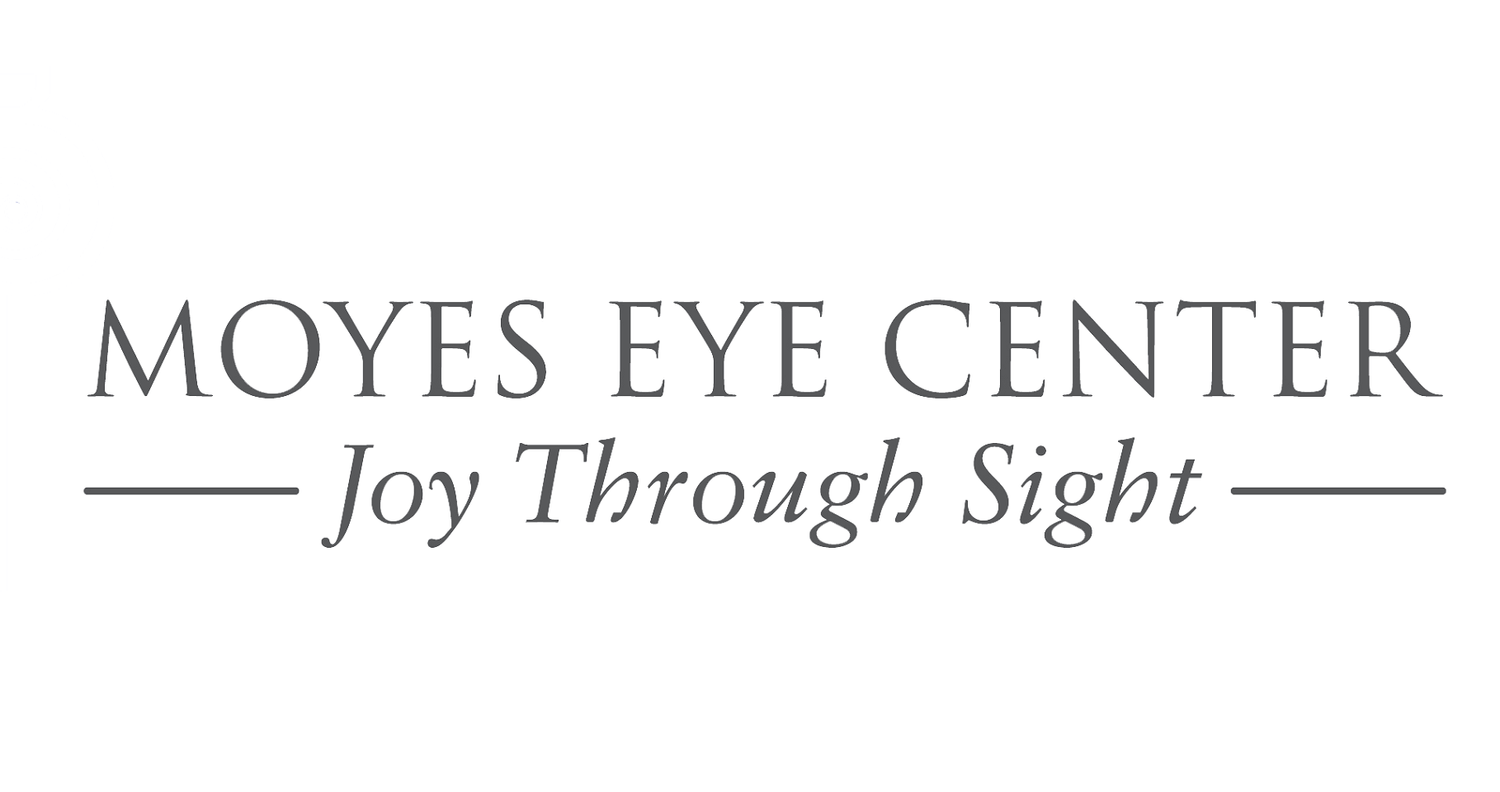What is Dry Eye?
Dry eye is a condition in which a person doesn't have enough quality tears to lubricate and nourish the eye.
Our tear film is a mixture of oil, water and mucous. Tears perform an important function for the eye, keeping it clean and lubricated, providing nutrition, and establishing a smooth surface allowing us to see clearly and consistently.
Normally, the tear glands produce a consistent quantity of tears (water) and our oil glands (meibomian glands) produce a consistent quantity of oil which coats and stabilizes our tear film. Patients with dry eye produce a low volume of water AND/OR produce a low volume of oil.
If the tears are of poor quality or of insufficient quantity to keep the eyes healthy, sometimes a message will be sent to the brain to cause a reflex flow of tears from the main tear gland. These reflexive, flushing tears do not provide adequate lubrication and merely flow down a patients cheek.
Symptoms
Symptoms are exacerbated towards the end of the day, after prolonged reading or computer work, and in conditions of wind or low humidity
Dry or Gritty Sensation
Scratchiness
Burning
Pain
Intermittent Blurred Vision
Intermittent Tearing
Diagnosis
Dry eye syndrome can be a serious problem, but is typically more of a nuisance. If you think you are suffering from dry eye syndrome you may benefit from having a dry eye evaluation. Your doctor will perform a series of tests and determine if you suffer from dry eye syndrome and what treatment will be best for your particular case.
Treatment
Treatment for lack of production initially begins with tear replacement, usually artificial tears, given 2 to 4 times a day. Artificial tears work best when given on a scheduled basis rather than in response to symptoms. All artificial tears are not created equal. Your doctor will recommend and provide samples of artificial tears that are best suited for your dry eye status. After beginning therapy with artificial tears, it may take several weeks of continuous use before long lasting improvement in symptoms is achieved.
More severe cases of dry eye may require the use of an artificial tear gels or ointments. If artificial tears fail, your doctor may consider closure of the tear drain (punctal occlusion), which increases the volume of the patient’s own tears on the eye. Punctal occlusion can be temporary with the use of a punctal plug or permanent with cauterization of the puncta. Restasis ophthalmic emulsion, Xiidra and Cequa are the only FDA approved treatments that cause our tear secreting glands to increase production of our own natural tears.
Depending on your dry eye status, your doctor may recommend a 3 month trial of Restasis, Xiidra or Cequa. It is important to know that dry eye syndrome is a chronic problem that can be greatly improved with the right therapy. Most treatments, though, will need to be performed on an ongoing basis to continue to see results.
For patients with Meibomian Gland Dysfunction, the cause of dry eyes is more connected to abnormal or insufficient oil in the tear film due to the abnormal Meibomian Glands within the lids. These patients may benefit from using “oil based” artificial tears and performing daily lid hygiene. A Bruder heat mask can be helpful to make the lid hygiene more effective.
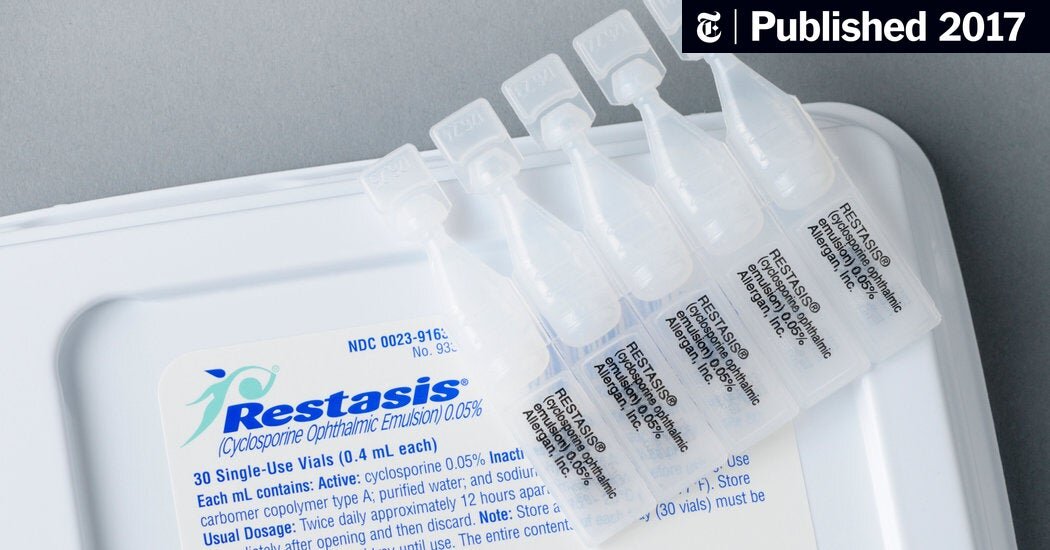
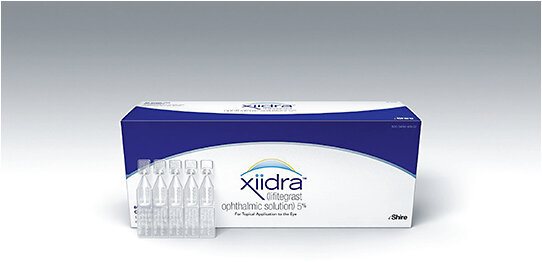
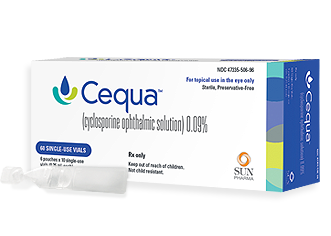
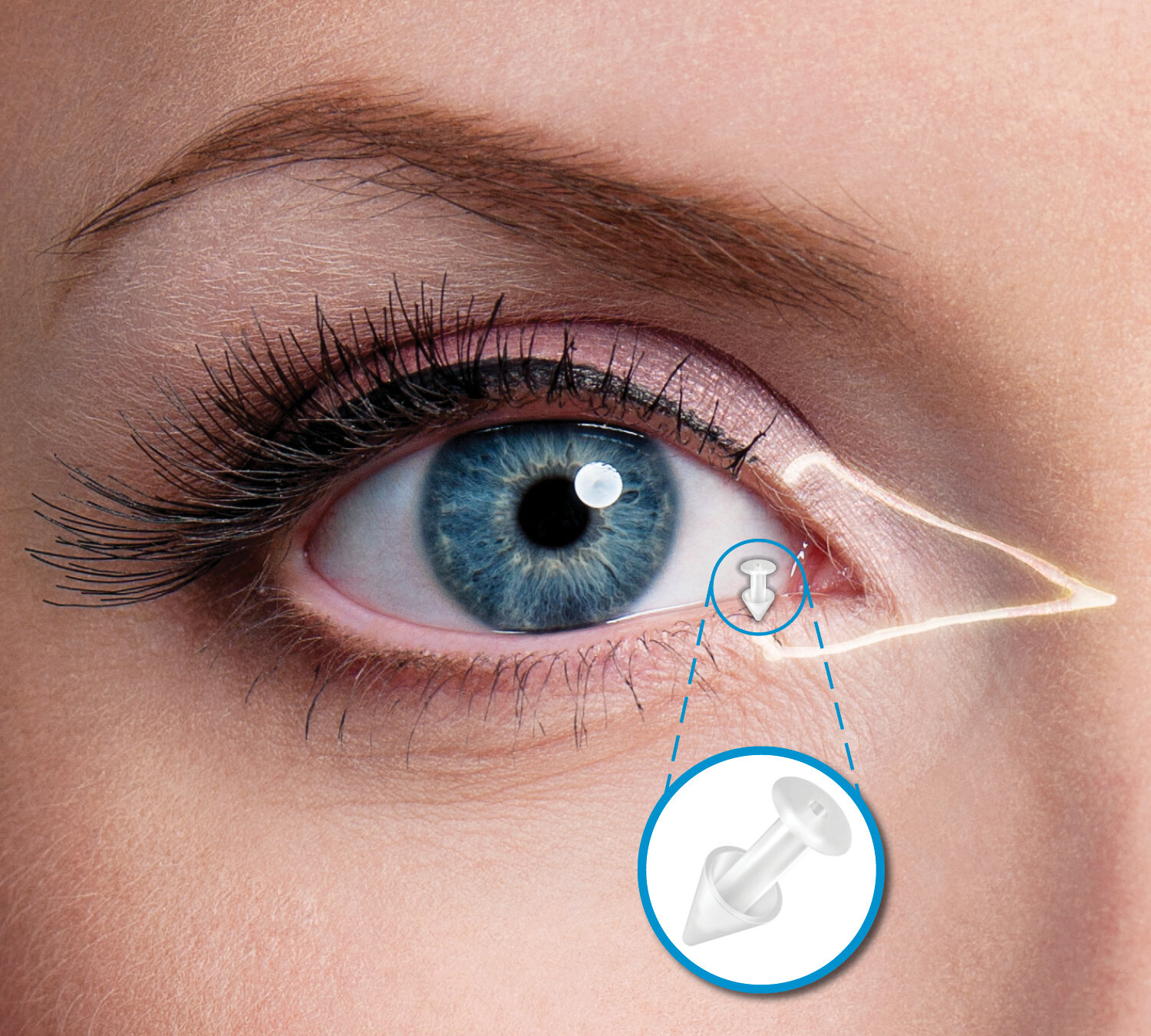
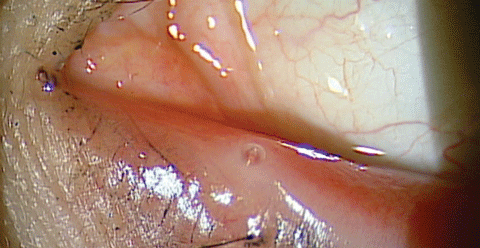
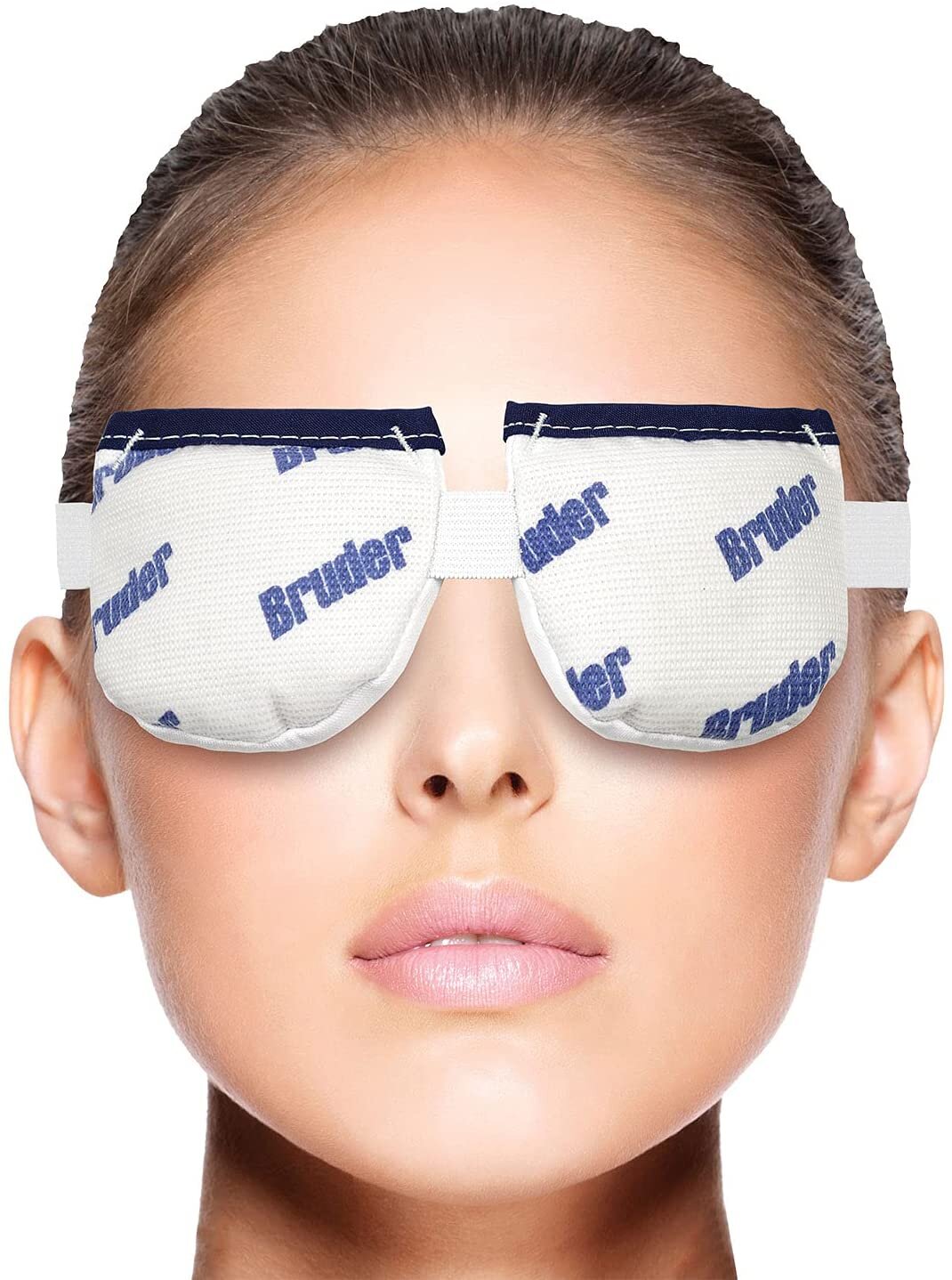
HELPFUL VIDEOS:
Anatomy of the Tear Layer
